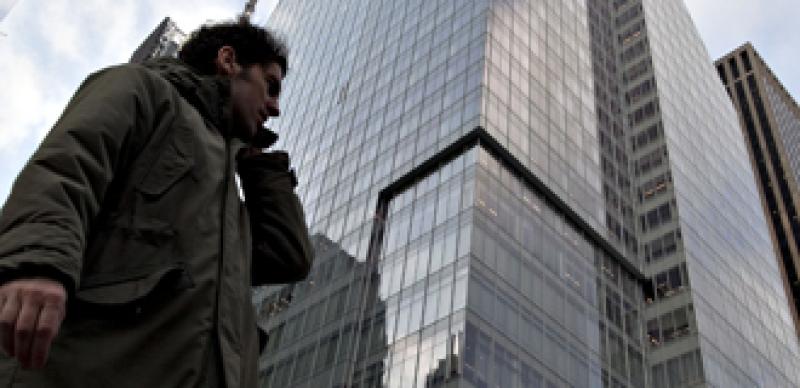
The Bank of America Tower, headquarters of the banks investment banking unit, stands in New York, U.S., on Wednesday, Feb. 3, 2010. Bank of America Corp., the nation's largest lender, will pay investment-banking employees bonuses of about $4.4 billion for last year, or an average of $400,000 each, a person close to the bank said. Photographer: Daniel Acker/Bloomberg
Daniel Acker/Bloomberg

